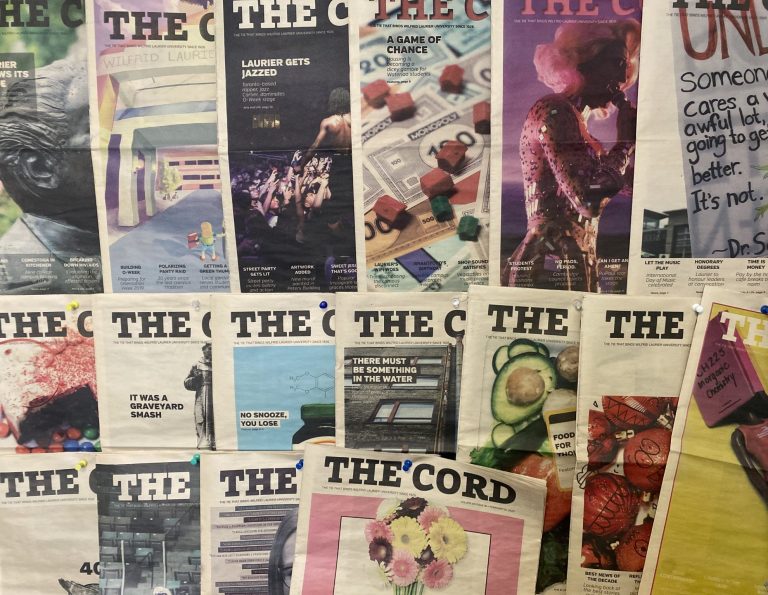With the spread of misinformation continuing to rise beyond our screens, more journalists are finding it challenging to determine what’s factual and what’s not.
While it may be seen as a larger issue in the United States, the rise of misinformation has also led to a change in how Canadian social media users are finding and sharing their news items online.
According to a new study, Canadians are active on up to 6,600 online networks that have been linked to hateful content. Canadians also make up six per cent of all users on the 4chan board “Politically Incorrect”, which is one of the Internet’s largest forums for far-right extremist content.
Local journalist Alyssa Di Sabatino, editor in chief of Wilfrid Laurier University’s Waterloo campus student newspaper The Cord, thinks the spread of misinformation can be a serious problem for journalists, especially with how fast it can spread online.
“It can become a game of who can get their news out the quickest, and that’s not always journalistic,” Di Sabatino said. “They aren’t giving themselves enough time to do their research, and they feel this sense of urgency about doing their work immediately.”
Bruce Gillespie is the program coordinator and associate professor of Digital Media and Journalism at Wilfrid Laurier University. After working in the field of journalism as an award-winning writer and editor, Gillespie has seen a shift in how readers are moving away from the fast world of “social media” journalism and back to traditional news outlets, which may be slower but are seen as more reliable.
“They want information they can trust about local lockdown rules, or the kind of masks they should wear, or vaccine safety,” Gillespie said.
Misinformation has been on the rise during the pandemic, yet 85 per cent of Canadians still consider access to independent, fact-based journalism “extremely” or “very” important, as evidenced in The Proof Strategies CanTrust Index 2021 report.
The spread of nonfactual sourced news may cause more unreliability for journalists, but Gillespie notes that their jobs have always been challenging in one form or another, especially during a pandemic.
“[Journalists] are trying to do all the work that’s expected of them, which at the best of times seems like too much, with not enough resources and not enough people, [and] they’re also working, like many of us are, from home,” Gillespie said.
Over the past decade, journalists have seen a number of unfortunate changes in the industry, including major job cuts and more forms of media content, such as online articles, videos, and social media posts. This overload of work can lead many journalists to feel that the job is overwhelming or even daunting, even more so for those with mental health concerns.
“I think it’s always tough to be a journalist. The past 10 to 15 years have been increasingly tough because of newsroom cutbacks, small staff, and the amount of work they’re expected to produce,” Gillespie said.
These changes include reporting on the pandemic, where many journalists had to investigate stories that have touched upon the topics of illness, death, and grief. While readers have the choice to avoid these types of news stories, journalists and essential workers are required to be involved around the clock.
“In previous times, there might have been a balance between really tough awful news then sort of something a little bit lighter to focus on. Whereas, I think for the past year, it’s been all stressful, challenging news all the time. As a journalist, you don’t have an option of stepping away and turning that off.”

